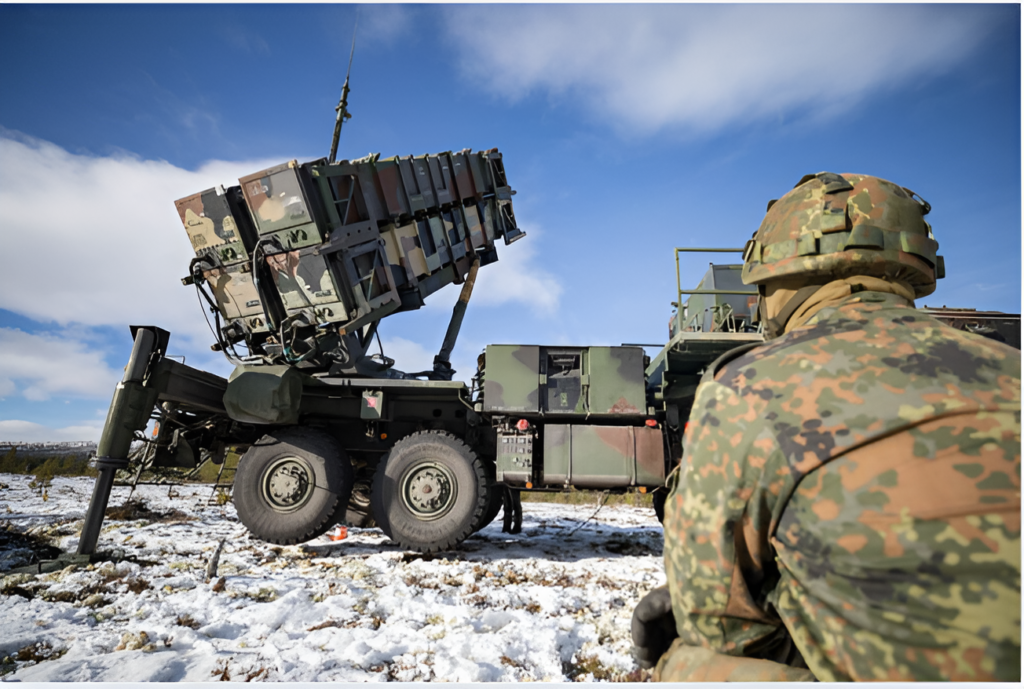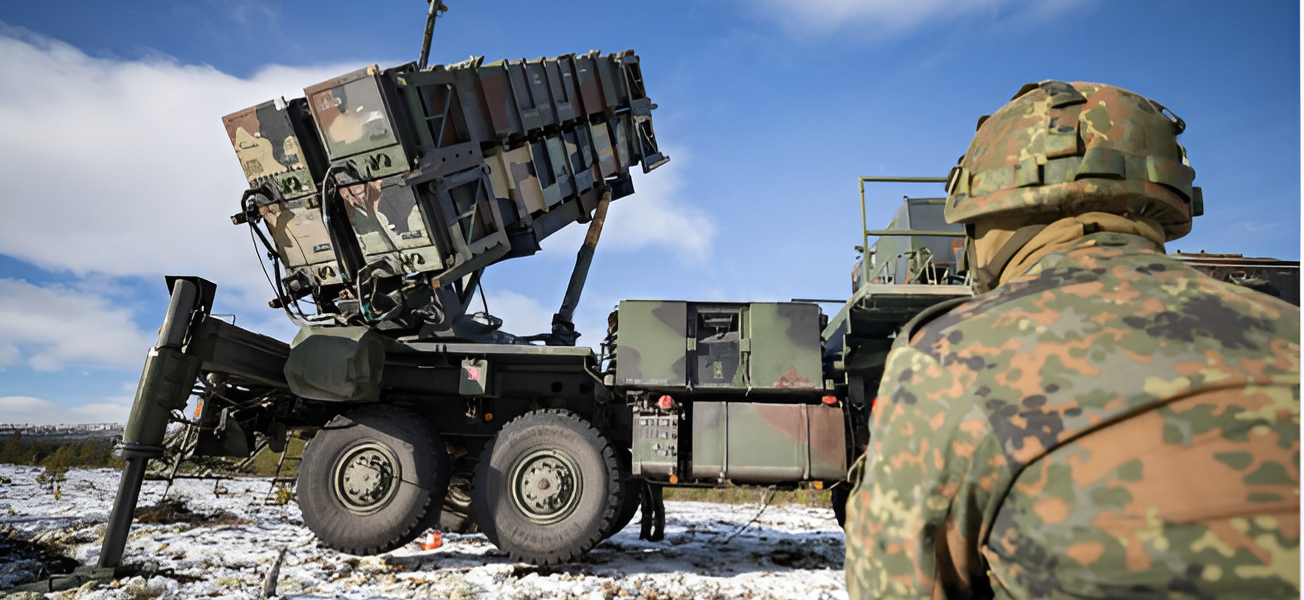
For years, U.S. defense planning has been driven by an unwavering belief in the power of technology, especially when it comes to command and control networks. Official statements often boast that new systems will make the joint force “greater than the sum of its parts.” But while U.S. military leaders focus on this optimism, China has spent nearly two decades developing the means to target American networks as part of its “systems destruction warfare” strategy. This strategy aims to incapacitate U.S. forces, rendering them unable to fight in the event of a conflict—especially over Taiwan.
In response, the Department of Defense (DoD) introduced Combined Joint All-Domain Command and Control (CJADC2) in 2019, with the goal of overcoming China’s threat. This initiative was designed to equip commanders with the ability to “sense, make sense, and act at all levels and phases of war, across all domains, and with partners, to deliver information advantage at the speed of relevance.” However, after nearly four years of effort, the DoD has yet to define how it will implement CJADC2. A 2023 report by the Government Accountability Office reveals a lack of clear plans for integrating existing systems, and no clear program for delivering measurable capabilities, leaving the U.S. vulnerable to the Chinese counternetwork threat.
While the urgency surrounding network development within the DoD is commendable, the efforts still lack a clear focus on mission priorities. The key question remains: how do these networks translate into effective battlefield outcomes? The absence of a concrete operational framework threatens to turn the focus inward, leading to “networking to network” rather than “networking to win.”
To address this, the DoD must focus on a set of critical, no-fail missions to define the minimum requirements for wartime networks. These missions should be guided by the Pentagon’s “pacing scenario” of Chinese aggression toward Taiwan and prioritize the following: first, protecting the U.S. from air and missile attacks; second, defending communication lines and forward bases for offensive operations; and third, executing long-range strike operations to disrupt the enemy’s strategic objectives.
Protecting the U.S. from Air and Missile Attacks
Both China and Russia are developing the capability to strike the U.S. homeland with air and missile attacks, posing a significant threat to America’s ability to conduct a sustained war effort. U.S. Northern Command and North American Aerospace Defense Command (NORAD) face challenges in defending against threats ranging from ballistic missiles to drones. Gen. Glen D. VanHerck, commander of U.S. Northern Command, testified that he “lacks domain awareness” and has “limited timely access to forces” in defending U.S. territory.
A comprehensive, real-time air picture is crucial for homeland air and missile defense. The first step will be identifying which information current military and civilian sensors can provide—such as altitude, course, speed, and physical characteristics—and establishing a baseline for network information requirements. The next step is to integrate these sensors into the network, enabling effective data sharing between civilian and military systems. For example, commercial air traffic control radars could be used to cue air defense systems like the Patriot missile batteries, with the information passed through highly capable combat data links.
By focusing on these practical steps, the U.S. can begin to construct a network capable of providing shared awareness and engagement for its air defense systems. This network will need to ensure that threat information is delivered to the right shooter quickly and accurately, even when dealing with diverse equipment across branches and allies.
Wartime Logistics: A Critical Weakness
As the DoD plans for potential conflict, it faces a stark reality: the logistics systems that have long supported U.S. military operations are outdated and vulnerable. Cold War-era logistics ships and aircraft are aging, and munitions production cannot keep up with the demand for war materials. Security expert Andrea Orlowski warns that U.S. forces may “run out of gas” during a war in the Pacific, with supply chains stretched to their limits.
To address these challenges, the Pentagon must maximize the utility of its existing logistics assets while also strengthening their resilience. Networks could play a pivotal role in this, improving the efficiency of logistics operations by enabling real-time tracking, optimizing supply routes, and ensuring that critical supplies reach their destination as quickly as possible. By improving connectivity and data-sharing within the logistics network, the DoD can bolster its supply chains and reduce vulnerability in wartime.
Conclusion: Networked to Win
In the face of growing threats from China, the DoD must prioritize the development of networks that enable decisive battlefield outcomes. By focusing on mission-critical tasks like homeland defense, protecting logistics systems, and executing long-range strike operations, the U.S. can better prepare for future conflicts. However, success will depend on a clear, mission-driven approach to networking—one that ensures the right sensors and shooters are connected when and where it matters most. Without this focus, the U.S. risks falling into the trap of “networking to network” instead of “networking to win.”


